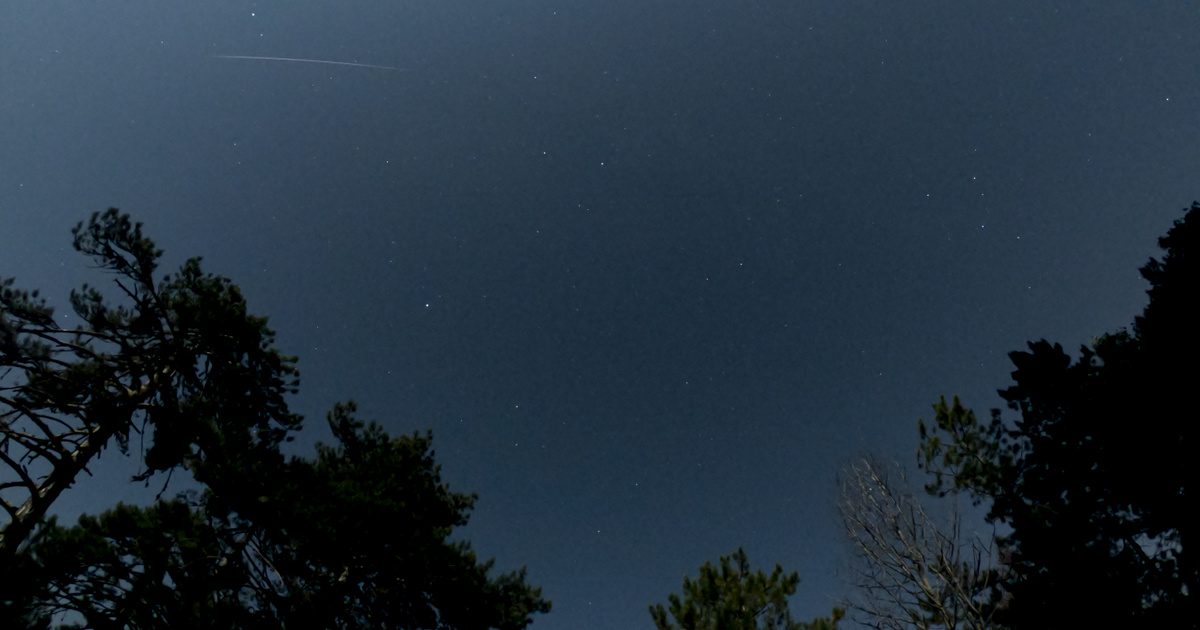Meteorites, apparently coming from the constellation of Perseus, often pass through the Earth’s atmosphere on August 12 and 13, leaving behind a stunning streak of light. The star is also known as Saint Lawrence’s Tears.
Oliver Norton Szabo, an astronomer at the Svabje Observatory, previously told MTI that the most intense period of meteor showers was around dawn Saturday. In connection with this, there are already many videos circulating on the Internet about the most exciting phenomena, for example, the following recording was made in Poland, even in the least exciting period:
A similar recording was posted from Germany:
At the end of July and the beginning of August, NASA cameras recorded some videos of meteors that arrived a little earlier than usual:
Meanwhile, you can still see some meteors in the night sky over the weekend, all of which are broadcast live from several less light-polluted locations. Among other things, such a monitoring station is located in the United States, as well as in Indonesia:
Observing Perseids got a little tricky this year due to the fact that the most intense meteor showers were about to happen. For the time of the appearance of the giant moon Drops. The high-quality recordings of the latter also flooded the Internet.












































